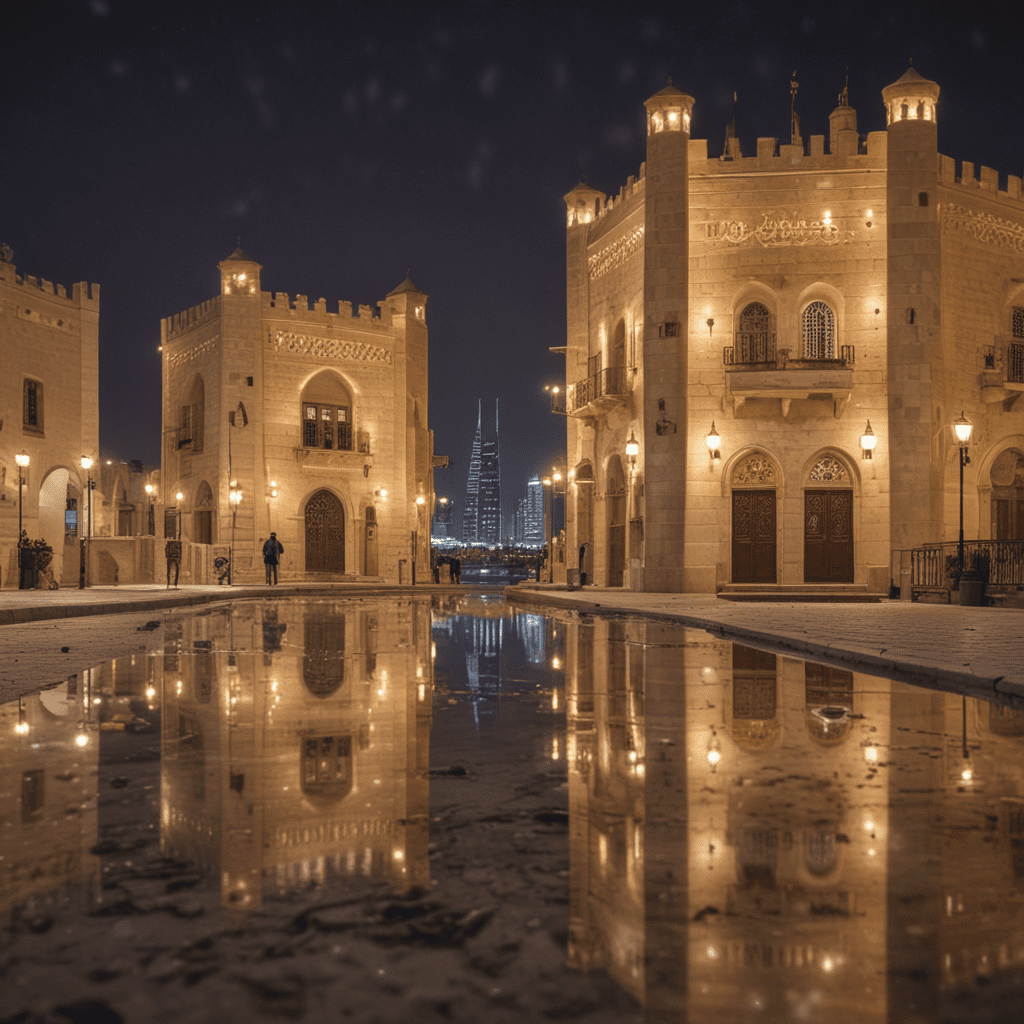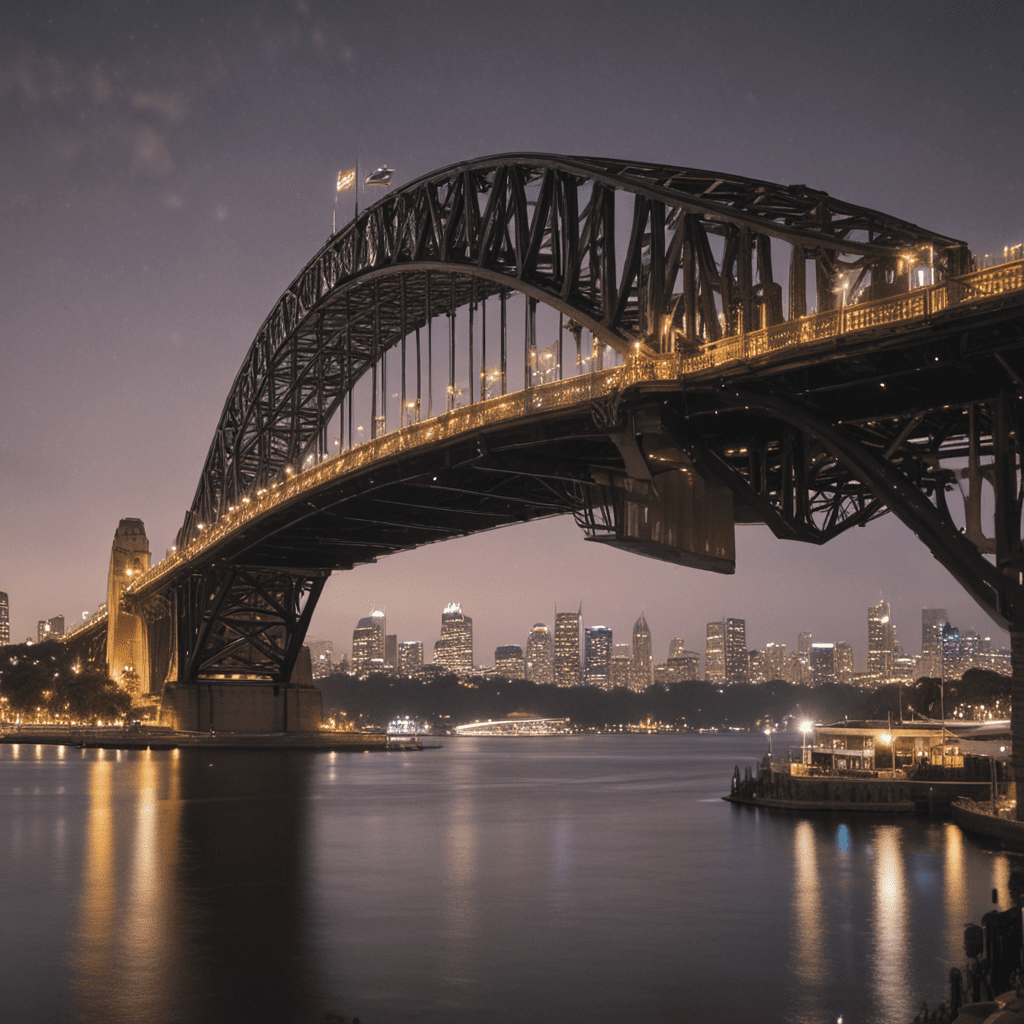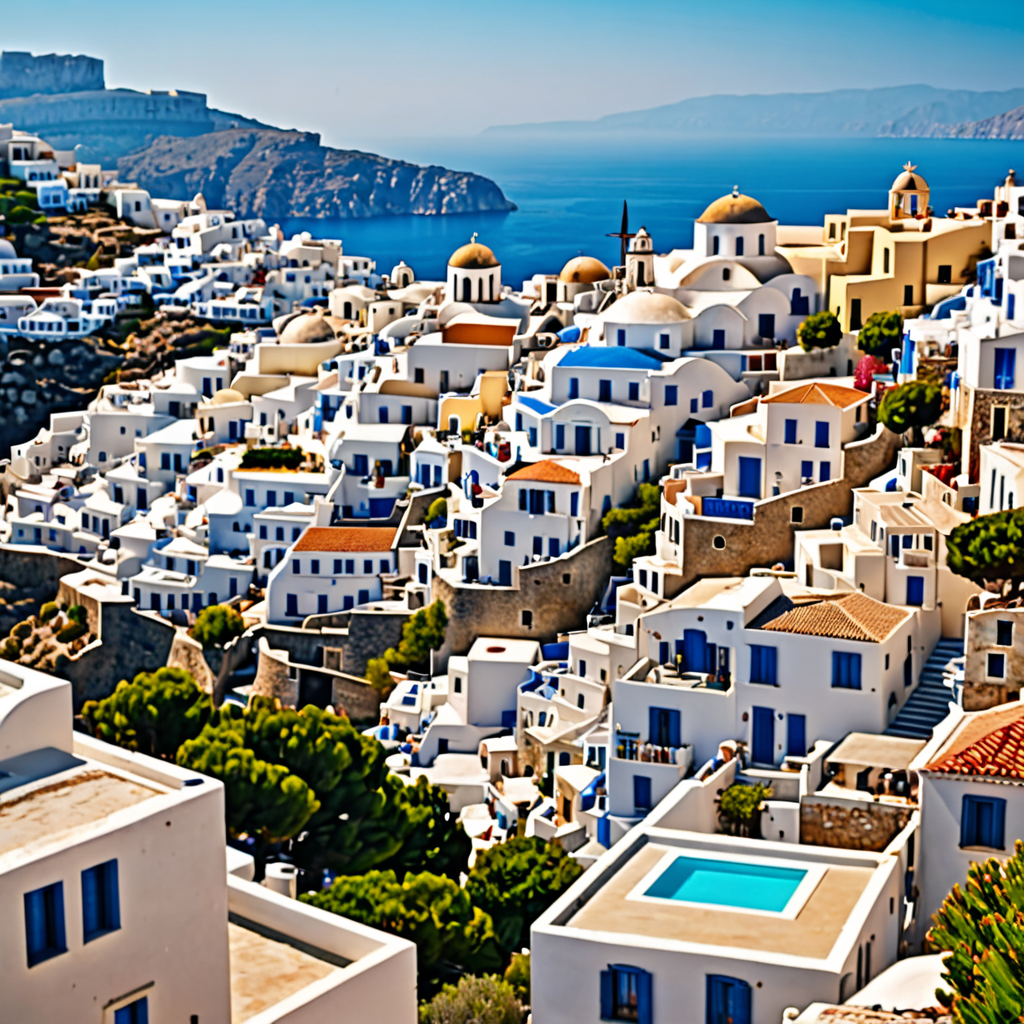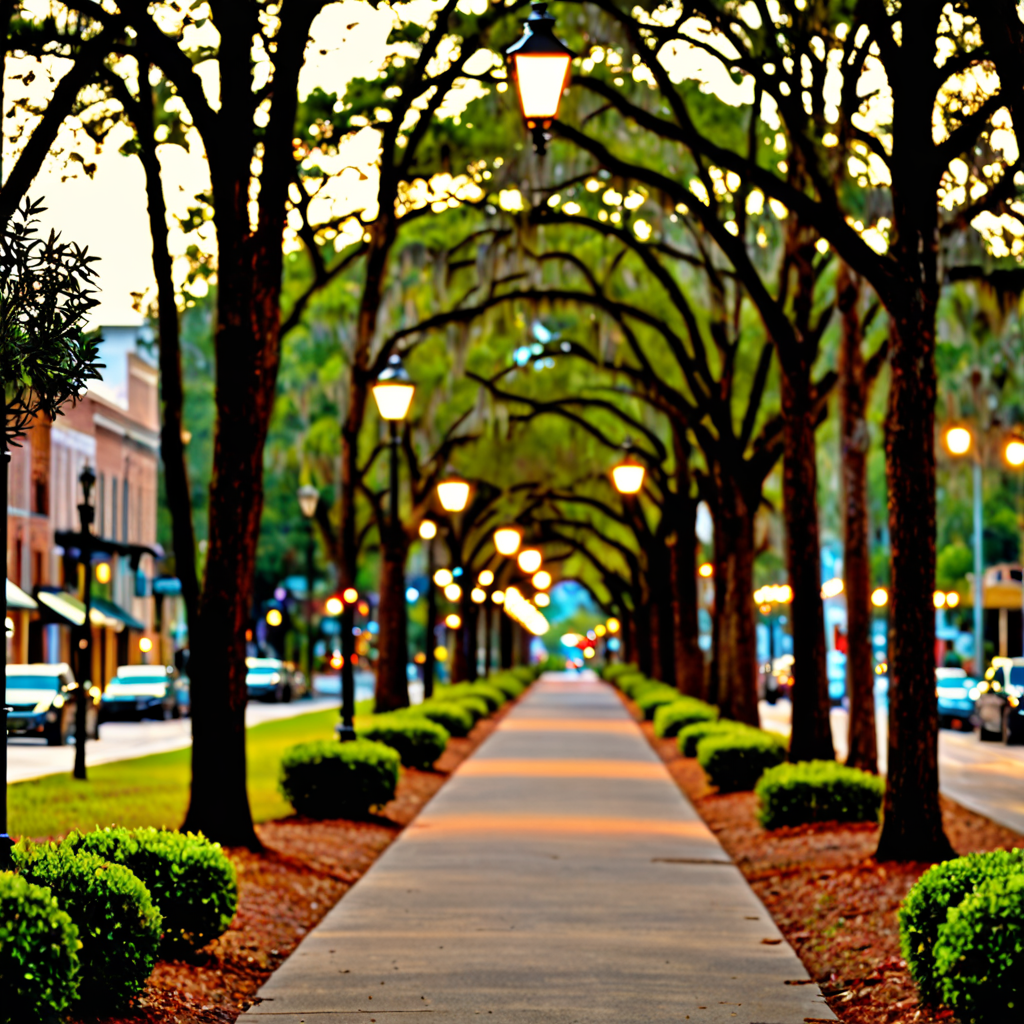Exploring Bahrain's Rich History Through Historical Monuments
Introduction:
Bahrain, an archipelago nation nestled in the Persian Gulf, boasts a rich tapestry of history spanning millennia. The country's historical monuments stand as living testimonies to its past, inviting visitors to journey through layers of civilizations that have shaped the island's unique character. From ancient Dilmun temples to Portuguese fortifications and modern architectural wonders, exploring Bahrain's historical monuments unveils a treasure trove of cultural insights.
Qal'at al-Bahrain (Bahrain Fort):
Declared a UNESCO World Heritage Site, Qal'at al-Bahrain is a testament to Bahrain's enduring legacy as a trading hub and cultural crossroads. Archaeological excavations have uncovered layers of human occupation dating back to the Dilmun period (c. 2000 BCE). Visitors can wander through the fort's ruins, including its defensive towers, mosques, and a palace complex, gaining a glimpse into the island's ancient past.
Bab al-Bahrain (Bahrain Gate):
The gateway to the old city of Manama, Bab al-Bahrain is an iconic architectural landmark that embodies Bahrain's maritime history. Originally constructed as a fortress in the 19th century, it served as a trading center for pearl divers, merchants, and seafarers. Today, Bab al-Bahrain stands as a vibrant commercial hub, lined with shops, restaurants, and traditional souqs, showcasing the country's blend of past and present.
Al-Fatih Mosque (Grand Mosque):
Bahrain's largest mosque, Al-Fatih Mosque, is a stunning architectural masterpiece that blends Islamic and modern styles. The mosque's central dome, supported by towering columns, dominates the skyline, while its interior boasts intricate mosaic tiles, marble accents, and grand chandeliers. Al-Fatih Mosque represents the country's deep religious significance, inviting visitors to explore its opulent halls and gain insights into Islamic culture.
The Tree of Life:
Standing defiantly in the barren desert landscape, the Tree of Life is a symbol of resilience and a natural marvel that has captivated visitors for centuries. A centuries-old Prosopis cineraria tree, it thrives in an otherwise desolate environment, its roots tapping into a hidden water source. As a national symbol of Bahrain, the Tree of Life has become a popular tourist attraction, beckoning travelers to marvel at its enigmatic survival.
Beit Al Quran (House of the Quran):
An Islamic museum of great significance, Beit Al Quran houses a rare collection of Qur'an manuscripts dating back centuries. This institution showcases Bahrain's role as a center of Islamic learning and scholarship. Visitors can delve into the intricacies of Islamic calligraphy, art, and history, exploring the museum's impressive collection of ancient and contemporary Qur'ans.
Bahrain International Circuit
Home to Formula One Racing and Architectural Excellence
The Bahrain International Circuit (BIC) is an iconic landmark that showcases Bahrain's passion for motorsport and architectural ingenuity. Designed in the shape of a crescent moon, this magnificent structure hosts the annual Formula One Bahrain Grand Prix, attracting racing enthusiasts from around the globe. Beyond its sporting significance, the BIC is a masterpiece of modern architecture, featuring state-of-the-art facilities, including a race track, grandstands, and a motorsports museum. Visitors can explore the circuit's architectural marvels and experience the adrenaline-pumping thrill of the Formula One race.
Barbar Temple
Unveiling the Mysteries of Ancient Dilmun Civilization
The Barbar Temple, an ancient temple complex, offers a glimpse into Bahrain's enigmatic Dilmun civilization that flourished from 2000 BCE to 600 BCE. Archaeological excavations have uncovered the temple's ruins, revealing its intricate architecture and significance as a religious center. Visitors can wander through the excavated site, exploring the temple's central courtyard, altar, and enigmatic stone structures. The Barbar Temple provides a fascinating opportunity to connect with Bahrain's ancient past and unravel the secrets of the Dilmun civilization.
Arad Fort
A Legacy of Portuguese Influence and Maritime Heritage
The Arad Fort, located on the island of Muharraq, is a testament to Bahrain's rich maritime history and strategic importance. Originally built by the Portuguese in the 16th century as a defensive fortification, the fort played a pivotal role in protecting the island from invaders. Today, the restored fort serves as a museum, showcasing the island's maritime heritage and providing visitors with a glimpse into the era of Portuguese influence in the region.
Pearling Trail
A UNESCO World Heritage Site Honoring Bahrain's Pearling Tradition
Bahrain's pearling industry played a vital role in shaping the country's history and economy. The Pearling Trail, designated as a UNESCO World Heritage Site, celebrates this rich legacy. The trail encompasses 17 sites, including oyster beds, processing facilities, and merchants' houses, offering visitors an immersive journey into the world of pearling. By exploring these sites



